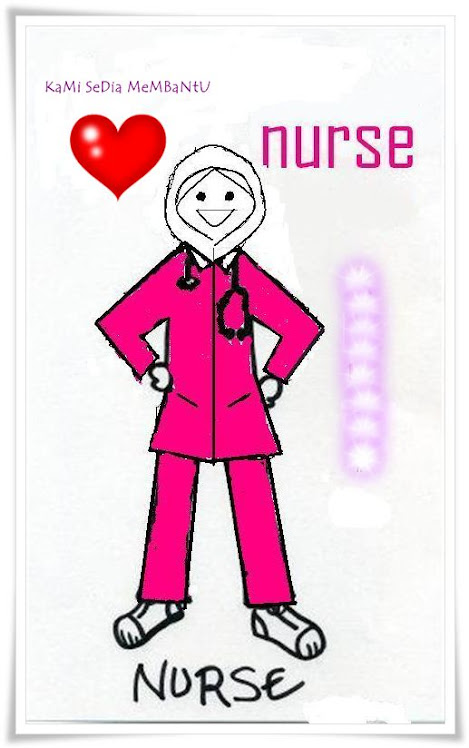Systemic lupus erythematosus (SLE) is a chronic autoimmune disorder. SLE may affect the skin, joints, kidneys, and other organs.
CAUSE
SLE is a problem with the body's normal immune system response.
Normal Function of the immune : the immune system helps protect the body from harmful substances.
In patient with an autoimmune problem, the immune system could not tell the differential between the harmfull substance & healthy one. An overactive immune attacks otherwise healthy cells & tissues. SLE may be mild or severe enough to cause death. It may occur at any age, but appears most often in people between the ages of 10 and 50. It is also can caused by certain drug (drug-induced systemic lupus erythematosus). It is about hypersensitivity reaction to a medication. The drug may react with cell materials, causing the body to form antibodies that attack the body's own healthy cells.
Several medications are known to cause drug-induced lupus :
- Chlorpromazine
- Hydralazine
- Isoniazid
- Methyldopa
- Penicillamine
- Procainamide
- Quinidine
- Sulfasalazine
Persons with drug-induced lupus erythematosus may have symptoms that affect the joints (arthritis), heart, and lungs. Other symptoms associated with SLE, such as lupus nephritis and nervous system (neurological) disease, are rare. Drug-induced lupus affects men and women equally.
Symptom :
The condition may affect one organ or body system first. Others may become involved later.
Almost all people with SLE have joint pain and swelling. Some develop arthritis. Frequently affected joints are the fingers, hands, wrists, and knees.
Other common symptoms include:
- Chest pain when taking a deep breath
- Fatigue
- Fever with no other cause
- General discomfort, uneasiness, or ill feeling (malaise)
- Hair loss
- Mouth sores
- Sensitivity to sunlight
- Skin rash -- a "butterfly" rash over the cheeks and bridge of the nose affects about half of people with SLE. The rash gets worse in sunlight. The rash may also be widespread.
- Swollen lymph nodes
- Brain and nervous system:
- Digestive tract: abdominal pain, nausea, and vomiting
- Heart: abnormal heart rhythms (arrhythmias)
- Kidney: blood in the urine
- Lung: coughing up blood and difficulty breathing
- Skin: patchy skin color, fingers that change color when cold (Raynaud's phenomenon)
